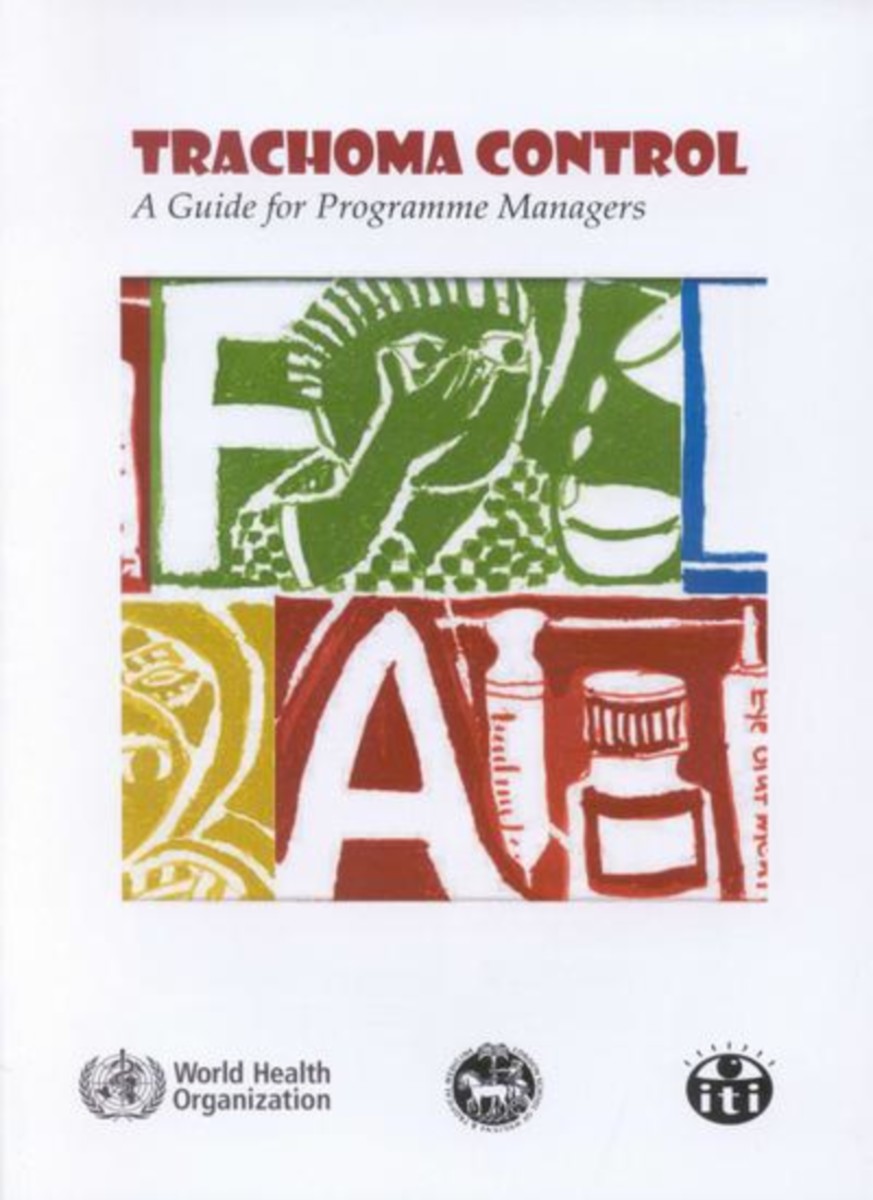Trachoma Control
A Guide for Programme Managers—Learner’s Version
- Publisher
World Health Organization - Published
1st January 2006 - ISBN 9789241546904
- Language English
- Pages 53 pp.
- Size 8.25" x 11.75"
Trachoma is an infectious eye disease that causes blindness; it is prevalent in many poor rural communities. The World Health Organization has set the year 2020 as the target for global elimination of trachoma as a public health problem.
To reach this target, the SAFE strategy (Surgery for trichiasis Antibiotics to treat Chlamydia trachomatis infection, and Facial cleanliness and Environmental improvement to reduce transmission of C. trachomatis from one person to another) is recommended for districts and communities with endemic disease.
This guide has been written for managers of national and district trachoma control programs. It sets out, step-by-step, what is needed to assess the magnitude and extent of the trachoma problem in the area and how to plan, implement, monitor, and evaluate a program to control, and ultimately eliminate trachoma.
Templates for a number of forms recommended for use in a program can be found in the annex. To allow adaptation of the forms for use in a specific program, electronic versions are available on the CD-ROM that accompanies this guide. The CD-ROM also contains an antibiotic requirement estimator, a template budget and a generic evaluation manual.
Two versions of this guide are available:The trainer s version includes the guide with a set of 30 slides and the CD-ROM.
The learner's version contains the guide with the CD-ROM.
World Health Organization
World Health Organization is a Specialized Agency of the United Nations, charged to act as the world's directing and coordinating authority on questions of human health. It is responsible for providing leadership on global health matters, shaping the health research agenda, setting norms and standards, articulating evidence-based policy options, providing technical support to countries, and monitoring and assessing health trends.


